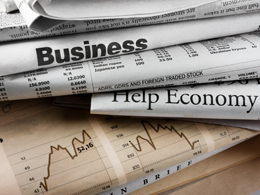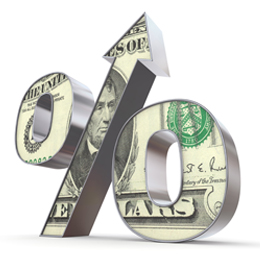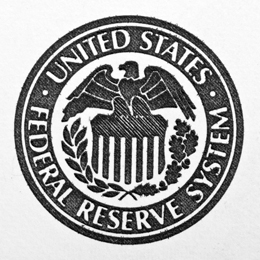This post originally appeared in February 2015, but it’s worth a refresher as we start a new year.
Did you know that South Boston is actually to the east and East Boston to the north of the city? And that there’s one local highway where you’re really traveling south but on a northbound route at the same time? I’m not sure who drew up the plans, but I think they might have had a screw loose.
Trying to make sense of mutual fund gains and losses can be equally confusing.













